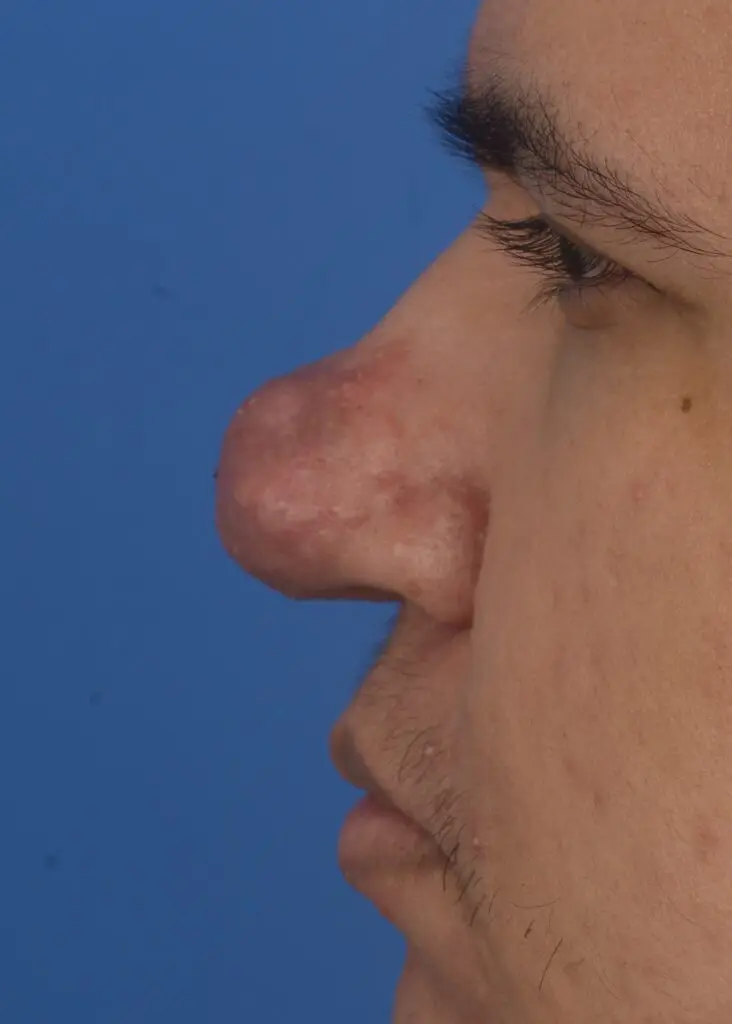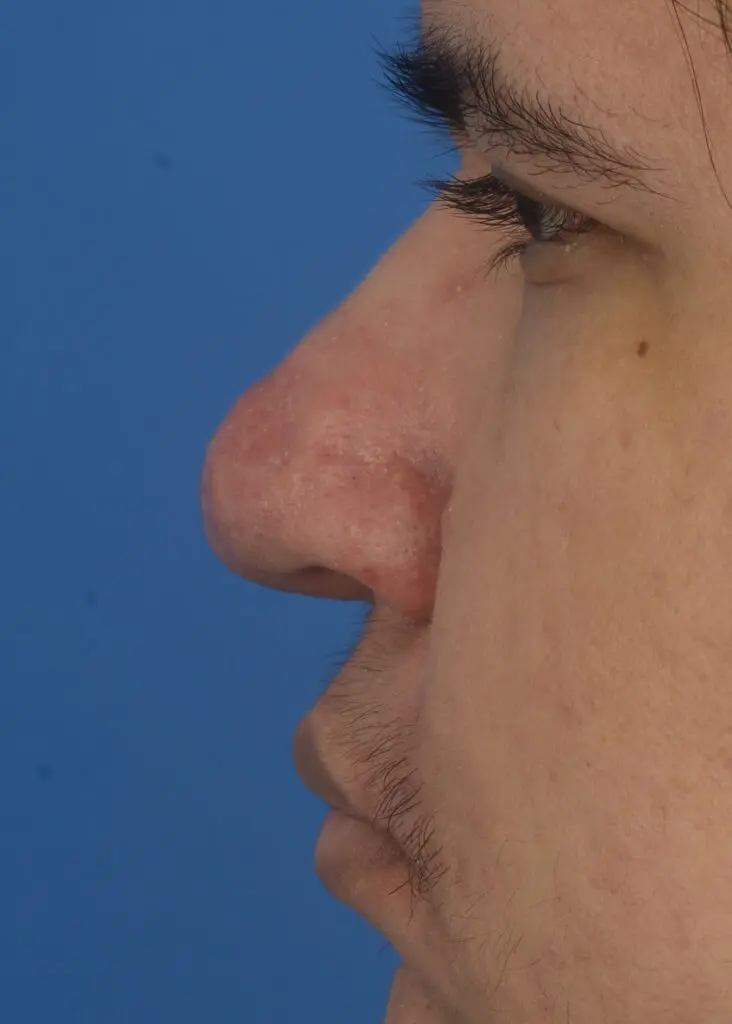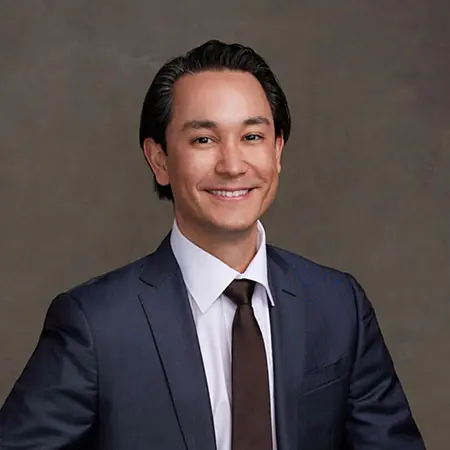July 14, 2022 | Rhinophyma
2 minute read
Rhinophyma represents an advanced stage of Rosacea and is exemplified by the overgrowth of the sebaceous glands on the face, most commonly affecting the nose. This condition results in skin flushing, the proliferation of small blood vessels, and the thickening of nasal skin with nodule formation, making the nose appear bulbous. The resultant changes can cause significant stress and anxiety for individuals. Furthermore, Rhinophyma is often incorrectly associated with alcohol abuse, which worsens the condition’s social stigma.
For mild cases of Rhinophyma, topical therapy with antibiotic creams (metronidazole, tetracyclines), or oral Accutane work well.
Rhinophyma is a progressive condition that can become quite disfiguring if left untreated. Therefore, treating and controlling the disease early is always preferable. Once nodule growths have formed, the preferred treatment is surgical reduction.
There are numerous described methods for surgical debridement. At FPSA, we typically use an electrocautery loop curette and CO2 laser for our Rhinophyma treatments. The most important principle when performing such procedures is to reduce the tissue overgrowth sufficiently while leaving enough of the skin to heal. Naturally, potential risks of the surgery include under-treatment or overtreatment. In cases where the nose was under-treated, an additional procedure(s) may be necessary to achieve the desired outcome. With overtreatment where too much tissue was removed, there may be scarring and delayed healing.
Alternatively, the affected nasal skin may be completely excised and replaced with a skin graft or a forehead flap. When using a skin graft, there is frequently a step-off between the remaining nasal skin because the nasal skin tends to be thicker. The forehead flap involves rotating tissue from the forehead down to the nose and is more similar in terms of thickness but requires multiple stages to inset and fine-tune the flap. Replacement of the native nasal skin is quite aggressive and this option is typically reserved for the most severe Rhinophyma patients who have tried and failed prior debulking efforts.






